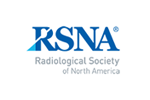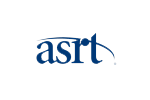Ataxia-Child
Not being able to move in a coordinated fashion is referred to as ataxia. Signs of ataxia include clumsiness, unsteady gait, nystagmus (rapid, uncontrolled eye movements), and dysdiadochokinesis (inability to perform rapid alternating movements like foot tapping).
Ataxia may be genetic or acquired, such as from illness or trauma. Acute-onset ataxia develops within hours or days. In children with acute ataxia and no recent history of trauma, MRI head without and with contrast, MRI head without contrast, or CT head without contrast is usually appropriate. MR angiography (MRA) head and/or neck, MRI spine, and CT angiography (CTA) head and/or neck may be appropriate.
For acute ataxia (after traumatic head or neck injury), MRI head without contrast or CT head without contrast is usually appropriate. MRA head and/or neck and CTA head and/or neck may be appropriate.
For recurrent ataxia (episodes of ataxia followed by relatively symptom-free periods), MRI head without contrast is usually appropriate. MRI spectroscopy head or MRI head without and with contrast may be appropriate.
For chronic progressive ataxia (symptoms typically appear and increase in severity over at least 2 months), MRI head without and with contrast or MRI head without contrast is usually appropriate. MRI complete spine without or with/without contrast and CT head without contrast may be appropriate.
For chronic nonprogressive ataxia (symptoms typically appear in the first year of life, last more than 2 months, and do not change in severity), MRI head without contrast is usually appropriate. MRI complete spine without contrast and CT head without contrast may be appropriate.
This page was reviewed on July 10, 2023



